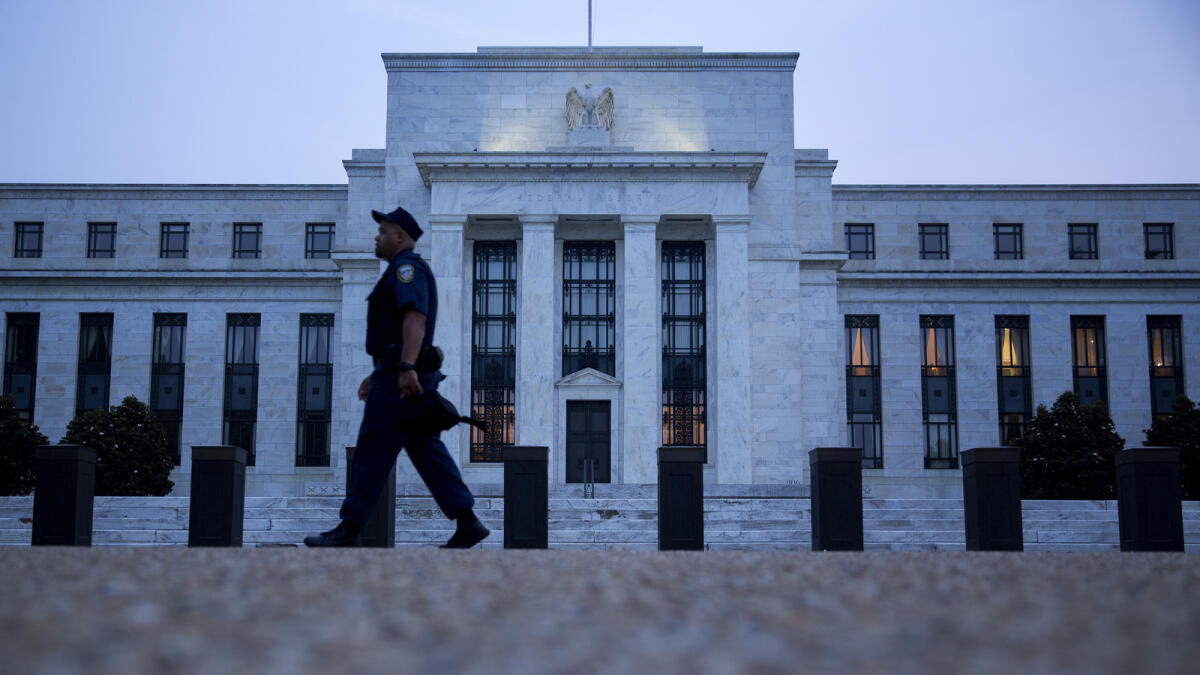The US Federal Reserve is considering changes to new banking rules that were originally proposed for banks with at least $100 billion in assets as part of global efforts to raise capital requirements. These requirements are financial buffers that banks must hold to protect against potential losses. Some in the banking industry criticized the original proposals as being too costly, prompting Fed vice chair Michael Barr to suggest “broad and material changes” to address these concerns and recommend re-proposing the new rules.
Under Barr’s new proposals, the capital requirements for Global Systemically Important Banks (G-SIBs) would increase by nine percent, down from the initial 19 percent. Additionally, all banks with at least $250 billion in assets would face a rise in capital requirements, with smaller banks seeing a smaller increase and those with assets between $100 and $250 billion being largely unaffected. The American Bankers Association welcomed the Fed’s decision to re-propose the new rules and stated that they would review them with their members.
The proposals recommended by Barr are expected to be discussed and voted on by the Fed’s Board of Governors in the near future. He mentioned that the Fed collaborated with two other US banking regulators on the proposals, indicating a broad consensus among them. The modifications to the original rules aim to strike a balance between strengthening banking regulations and addressing concerns about excessive costs for the banking sector.
Overall, the proposed changes to banking rules by the US Federal Reserve reflect a more nuanced approach to regulating the financial sector. By listening to feedback from industry stakeholders and proposing adjustments to the initial capital requirements, the Fed is working to ensure that banks are adequately capitalized without burdening them with excessive costs. The collaboration with other banking regulators also indicates a coordinated effort to establish consistent standards across the industry. It remains to be seen how these proposed changes will impact the banking sector and whether they will be successful in achieving the desired balance between regulatory oversight and industry competitiveness.


























